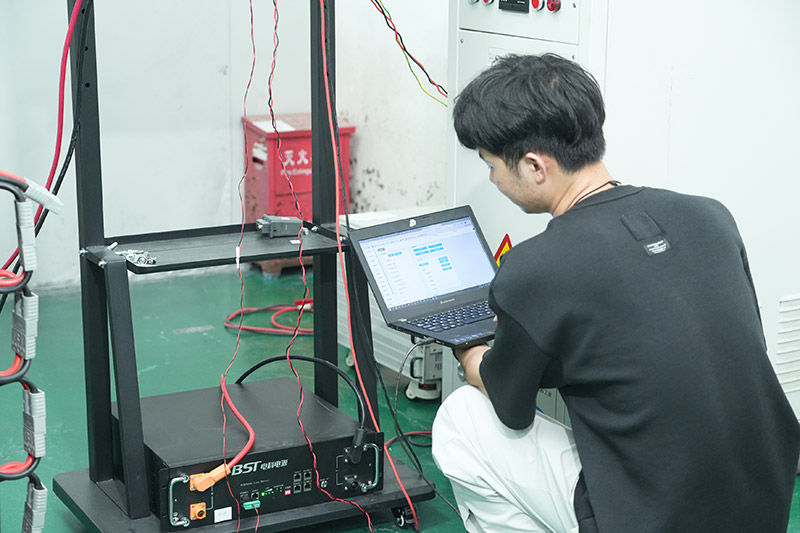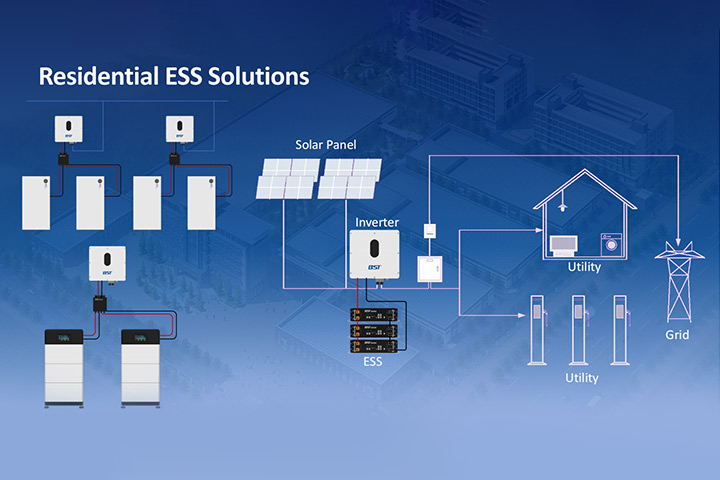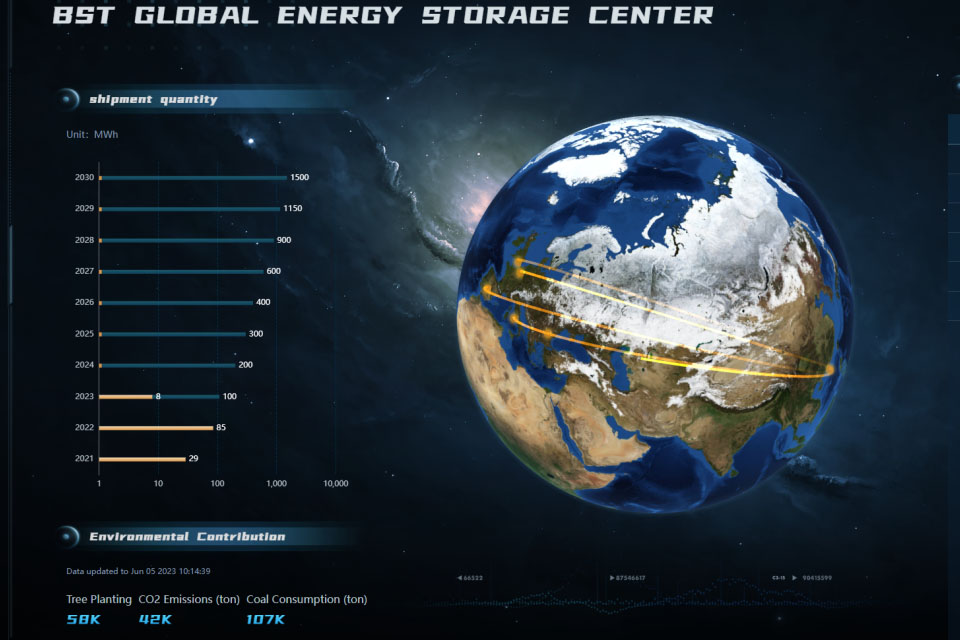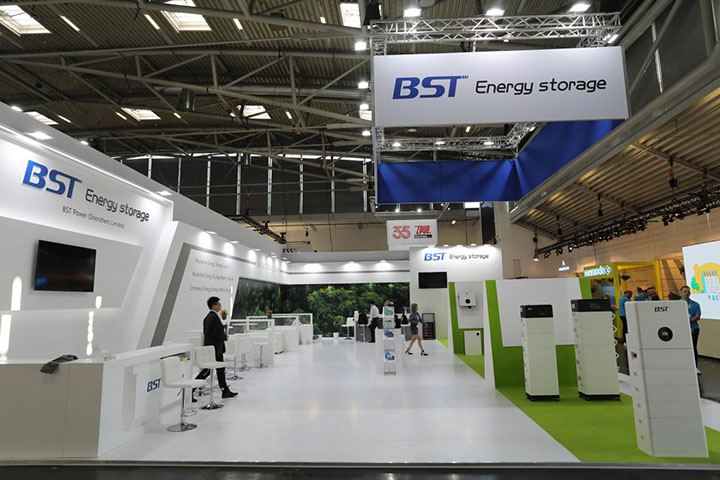How to Choose, Install, and Benefit from the Best Home Energy Storage in 2025
Introduction: Why Home Battery Storage Matters in 2025
In 2025, home battery storage systems are transforming how homeowners and installers manage energy. As electricity prices fluctuate and solar energy becomes mainstream, reliable home energy storage ensures backup power, energy cost control, and a more sustainable lifestyle.

Whether you’re a homeowner, solar installer, or renewable energy distributor, this guide explains how to select, install, and operate a reliable lithium battery storage system tailored to your needs.
What Is a Home Battery Storage System?
A home battery storage system stores electricity for later use. Most systems are paired with solar panels but can also charge from the grid. Stored energy powers your home during peak-rate hours or outages, reducing dependence on utility companies.
Core Components:
- LiFePO4 or NMC battery module
- Hybrid inverter
- Battery Management System (BMS)
- Monitoring platform or app
- Weather-resistant enclosure
6 Key Benefits of Home Energy Storage in 2025
1. Lower Electricity Costs
Store electricity when rates are low and use it when rates peak. Battery systems are ideal for time-of-use billing environments.
2. Backup Power During Outages
Power your home during blackouts—keep your fridge, lights, and Wi-Fi running.
3. Energy Independence
Reduce reliance on public utilities by storing and using your self-generated solar power.
4. Efficient Solar Usage
Maximize ROI from solar panels by capturing and storing excess solar energy.
5. Support Sustainability Goals
Battery storage reduces fossil fuel dependence, helping homes move toward net-zero energy.
6. Government Incentives
Many regions in 2025 offer tax rebates or credits for installing residential battery storage.
How to Choose the Right Home Battery Storage System
Before purchasing a system, ask the following questions to ensure a suitable match:
1. What Capacity Do You Need?
Battery capacity is measured in kilowatt-hours (kWh).
- Small homes: 5–10kWh
- Medium homes: 10–15kWh
- Larger homes: 20kWh+ or modular expansion
2. Low-Voltage or High-Voltage?
- Low-voltage (48V): Cost-effective, widely compatible
- High-voltage (100V+): More efficient for large systems or high-demand use
3. Is It Solar-Compatible?
Ensure the system supports hybrid or off-grid inverter integration for solar panel use.
4. Battery Chemistry
- LiFePO4: Up to 6000 cycles, high thermal safety, best for home use
- NMC: Higher energy density, shorter lifespan
5. Installation Location
Look for IP65/IP67 enclosures for outdoor use. Indoor installations require ventilation and temperature control.
6. Certifications and Warranty
- Check for CE, UL, UN38.3, and RoHS certifications
- Look for 10-year product warranties
Technical Overview: System Components Explained
| Component | Description |
|---|---|
| Battery Pack | Stores DC electricity; capacity varies by model (5kWh–30kWh) |
| Hybrid Inverter | Converts DC to AC for home use and manages solar-grid switching |
| BMS | Manages voltage, temperature, and charge-discharge cycles for safety |
| Monitoring App | Lets users view real-time energy usage, SOC, and performance |
| Mounting Cabinet | IP-rated, corrosion-resistant housing for outdoor/indoor applications |
Installation Guide for Installers and Homeowners
Installing a home energy storage system is straightforward when properly planned.
✅ Pre-Installation Checklist:
- Assess available space (garage, utility room, exterior wall)
- Ensure ventilation and temperature control (ideal 0–40°C)
- Plan proximity to inverter, solar panels, and main breaker
⚠️ Safety Tips:
- Use qualified electricians or certified solar technicians
- Ensure compliance with local grid and electrical codes
- Isolate critical loads using a backup subpanel
⏱️ Time Estimate:
- Most systems install in 4–6 hours
- System testing and app setup included in commissioning
Operation and Maintenance Tips
- Monitor your system via the app daily
- Avoid full discharges; keep SOC between 20–90%
- Schedule firmware updates to maximize efficiency
- Clean vents and ensure the system remains dust-free
- Replace air filters (if applicable) annually
Common Applications for Home Battery Storage
| Use Case | Description |
|---|---|
| Off-Grid Homes | Operate independently with solar + battery + optional generator |
| Urban Backup Systems | Protect against utility outages, storms, or power fluctuations |
| Peak Shaving | Reduce electricity bills by avoiding high-cost grid usage |
| Eco-Friendly Homes | Store clean solar energy to reduce carbon footprint |
2025 Trends in Home Energy Storage
- ✅ All-in-One Plug & Play Systems: Simplified integration of battery, inverter, and BMS
- ✅ Smart AI Energy Management: Predictive software for optimal charge/discharge behavior
- ✅ EV-Battery Integration: Link between electric vehicle batteries and home energy storage
- ✅ Expandable Modular Systems: Add capacity as needed without replacing the whole system
Trusted Manufacturer Spotlight: BST POWER
Why Choose BST POWER?
- 🔋 LiFePO4 battery modules with 6000+ cycle life
- 🔌 Hybrid inverter and BMS integration
- 🏠 Expandable modular capacity: 5kWh to 30kWh+
- 🌍 Global certification: CE, UN38.3, UL, RoHS
- 📦 Custom branding and white-label OEM services
Ideal For:
- Installers and EPC companies
- Solar system integrators
- Distributors in residential energy markets
📩 Get in touch with BST POWER today for technical support, samples, or project-based pricing.
📌 SEO keywords: OEM home battery supplier, top energy storage manufacturer, LiFePO4 battery system China
Frequently Asked Questions (FAQs)
Q1: How long does a home battery last?
A: With LiFePO4 chemistry, most batteries last 10–15 years or 6000+ cycles.
Q2: Can I install a battery without solar panels?
A: Yes. Batteries can charge from the grid and provide backup power or energy cost savings.
Q3: How much energy can I store?
A: Depends on system size. 10kWh can typically power essential loads for 8–10 hours.
Q4: Are home battery systems safe?
A: Yes. Certified systems have built-in BMS and thermal protection.
Q5: Can I expand storage later?
A: Absolutely. Many systems support modular expansion based on your needs.
Q6: What is the cost of a home battery system?
A: Pricing varies by size and features but typically ranges from $3,000 to $10,000+.
📌 SEO keywords: home battery FAQ, battery backup questions, solar battery system answers
Final Thoughts
Home battery storage is one of the smartest investments in 2025. It offers financial, environmental, and energy security benefits for homeowners and commercial solar professionals alike.

By choosing a reliable, certified, and scalable system—like those from BST POWER—you ensure your energy system is ready for the future.
🎯 Start your journey toward energy independence today.
📧 Contact BST POWER for expert consultation, OEM/ODM services, or turnkey storage solutions for global markets.



